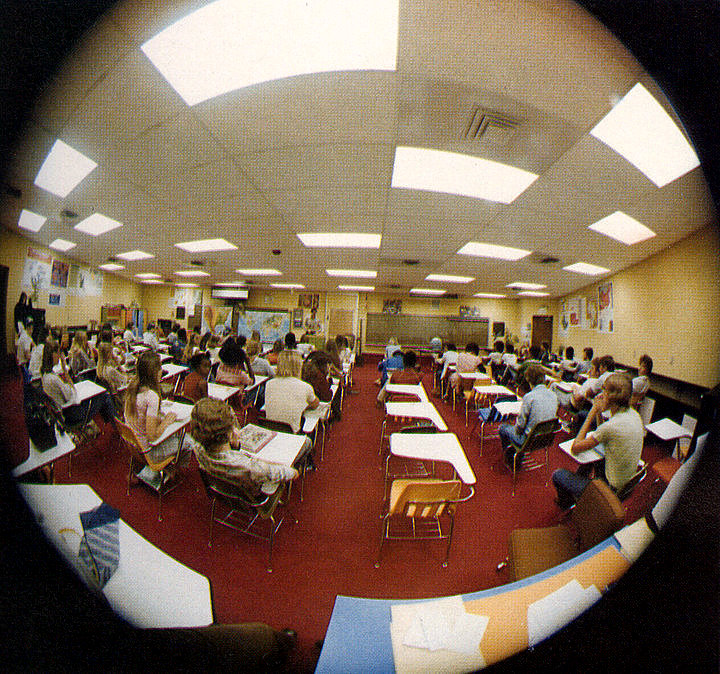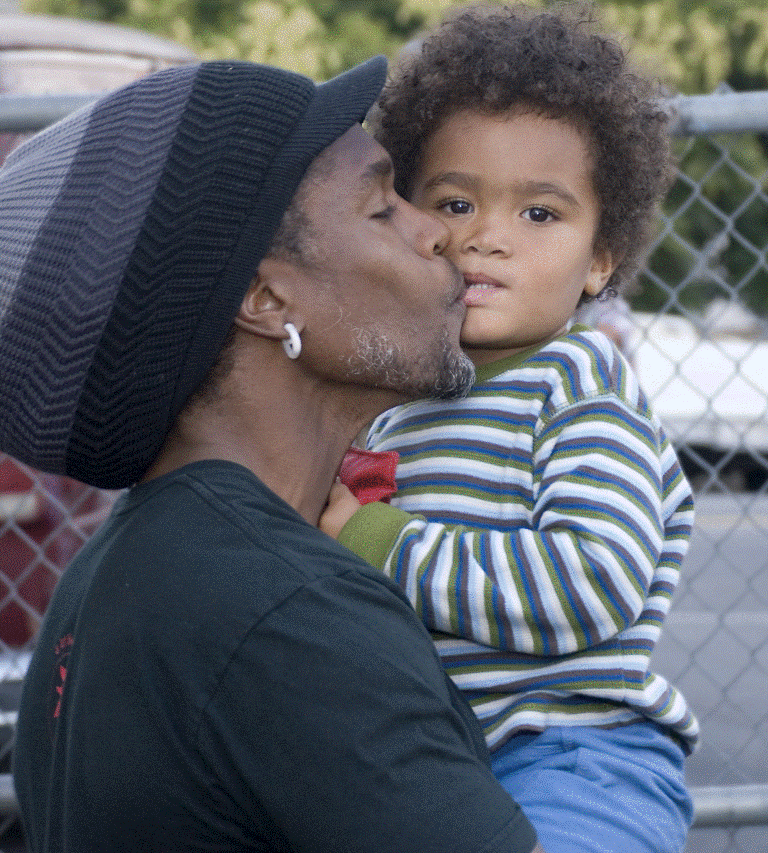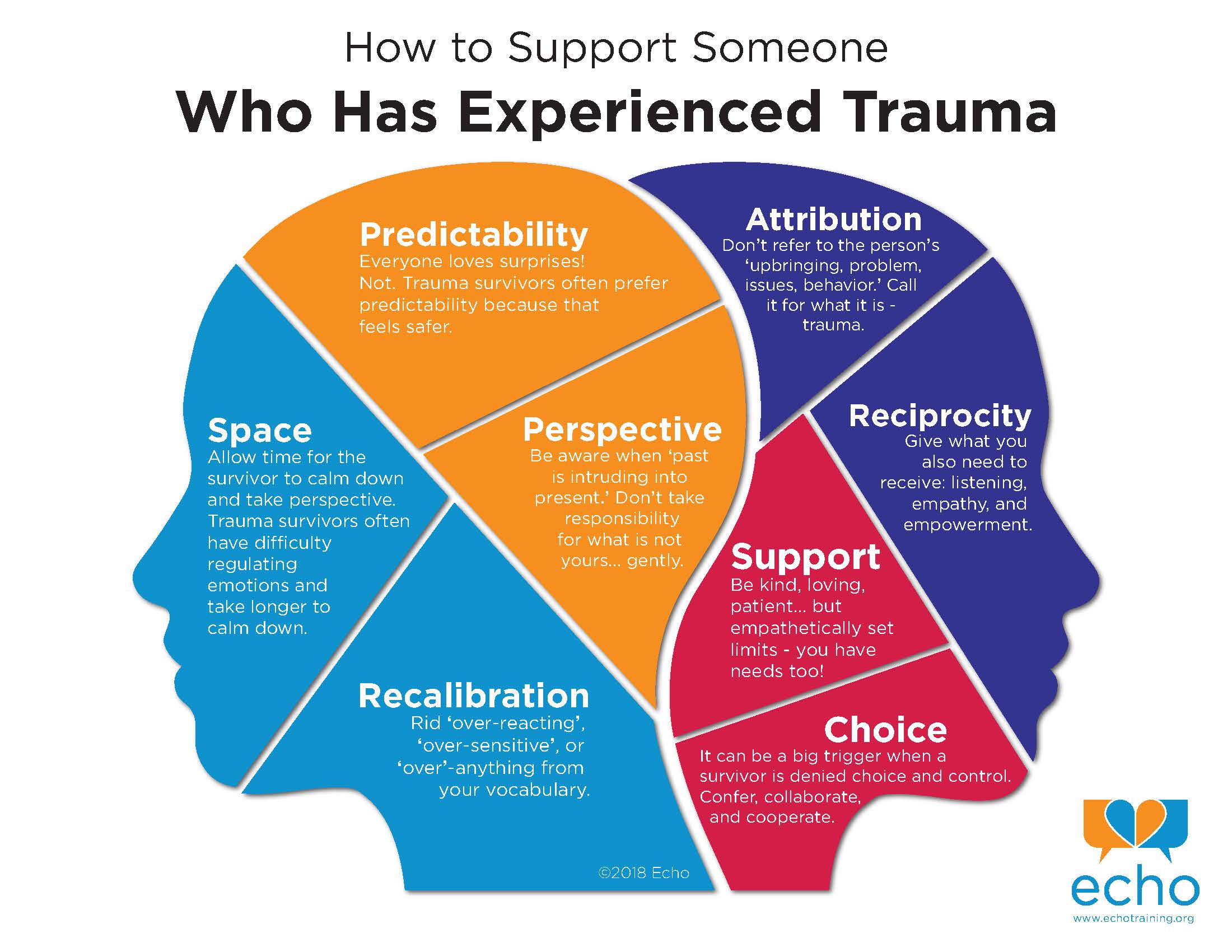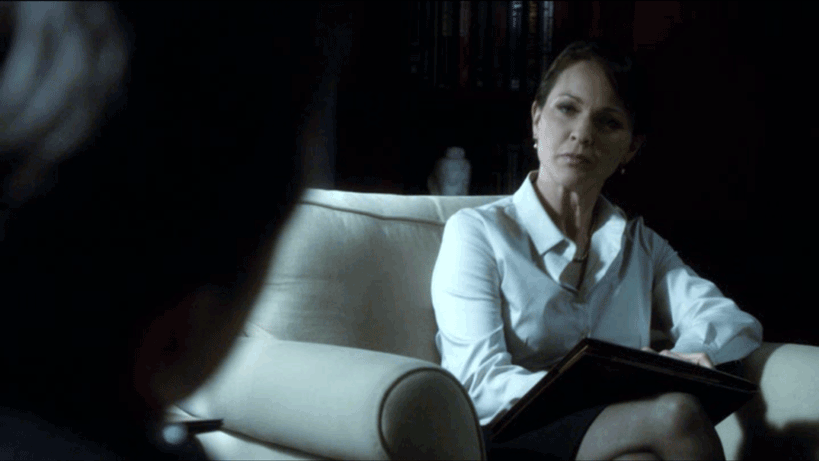

That teaching is stressful work is hardly news. But the extent to which teachers experience toxic stress in connection with their work is only beginning to be illuminated. Also concerning are findings that students of stressed teachers show elevated levels of the stress hormone cortisol, suggesting that stress may be contagious. The good news is that there is new research (and old wisdom) pointing toward our innate potential for healing and growth. Our own practice of self-care is a key and first step in supporting students through the stresses and traumas of their lives. To paraphrase Audre Lorde, acts of self-care are not self-indulgence but self-preservation, and such acts are necessary in the creation of an educational paradigm that honors the value and dignity of all people.
A recent article in The Atlantic drew together current research around the implications of high levels of teacher stress on students and schools. The article paints a clear picture of a teaching profession in which ever-shifting priorities, new initiatives, and an inattention to teachers’ own learning process contribute to what educator Mike Anderson calls, “a recipe for making people feel incompetent.” Passionate and skilled teachers are leaving the profession in large numbers. And it makes sense: the ability to experience meaning and mastery in one’s work is essential to a sense of fulfillment, an interest in further learning, and growth. We know this when it comes to our students, and it is no less true for ourselves.
As an educator, I appreciate that the article did not seek to blame high levels of teacher stress on students and their behavior, instead focusing on the current conditions within the profession and society that inhibit our ability to embody safety, stability, and authentic care for our students. To be supportive and present in the lives of our students is why most of us got into this work in the first place. We committed to meet the young people who walk through our doors precisely where they are on any given day, and guide them toward a deeper sense of meaning, agency, and efficacy.

One of the reasons I joined Echo is to support the work of creating trauma-informed schools. We define trauma as a physical or psychological experience that overwhelms a person’s capacity to cope and leaves them feeling powerless (which, as an educator, sounds all too familiar!). First and foremost, we approach our work with great empathy for teachers and how stressful the profession can be. We then dig deeper to understand how a person’s trauma history – both teacher and student – can affect experiences in the classroom. Psychiatrist and researcher Judith Herman reminds us that traumatic experiences are “normal reactions to abnormal circumstances,” so rather than labeling a person’s behavior ‘normal’ and ‘abnormal’, we see trauma responses as a person’s best attempt to adapt to their particular experience.
In our work with teachers we explore ways to provide safety, stability, and care for a student who has adapted to their particular context by shutting down or raging or any possible trauma responses in between. There will be no one-size-fits-all solution. Rather than prescribe a rigid course of action to address stress and trauma in the classroom, we seek to learn from teachers’ experiences and facilitate the drawing of connections between these lived experiences and the emerging knowledge about the physiology and psychology of trauma. What is needed is a paradigm shift, and thankfully one is already underway.
Critical educator and researcher, Patrick Camangian, states that, “although students often communicate their humanity in ways that seem destructive, their actions serve mostly as indicators of their own social trauma.” Camangian draws upon the theory of authentic caring developed by Angela Valenzuela. From her research, Valenzuela has distilled the essential elements of authentic care to be, “connection, unconditional love, and a comprehensive apprehending of “the other.” She contends that teachers must embody these elements, not merely understand them on an intellectual level. Authentic care, similar to authentic learning, is a process and a practice, not a product. It is not something we do to someone, but with them. Caring for our students means sustaining embodied practices of care in our own lives. It means modeling self-regulation, self-awareness, and empathy. As we say in our professional development trainings, 50% of any interaction is you!
The potential crisis of teacher stress and burnout described in The Atlantic article is, indeed, grim. Yet it is not a foregone conclusion that working in and attending school is stressful and potentially traumatizing. I’m sure that many of us have witnessed, heard about, and even facilitated spaces of authentic care. Through sharing information and practice, by looking toward what is working to heal teachers, students, and communities, I am optimistic that we can create more connected, stable, and meaningful environments for learning and growth.




